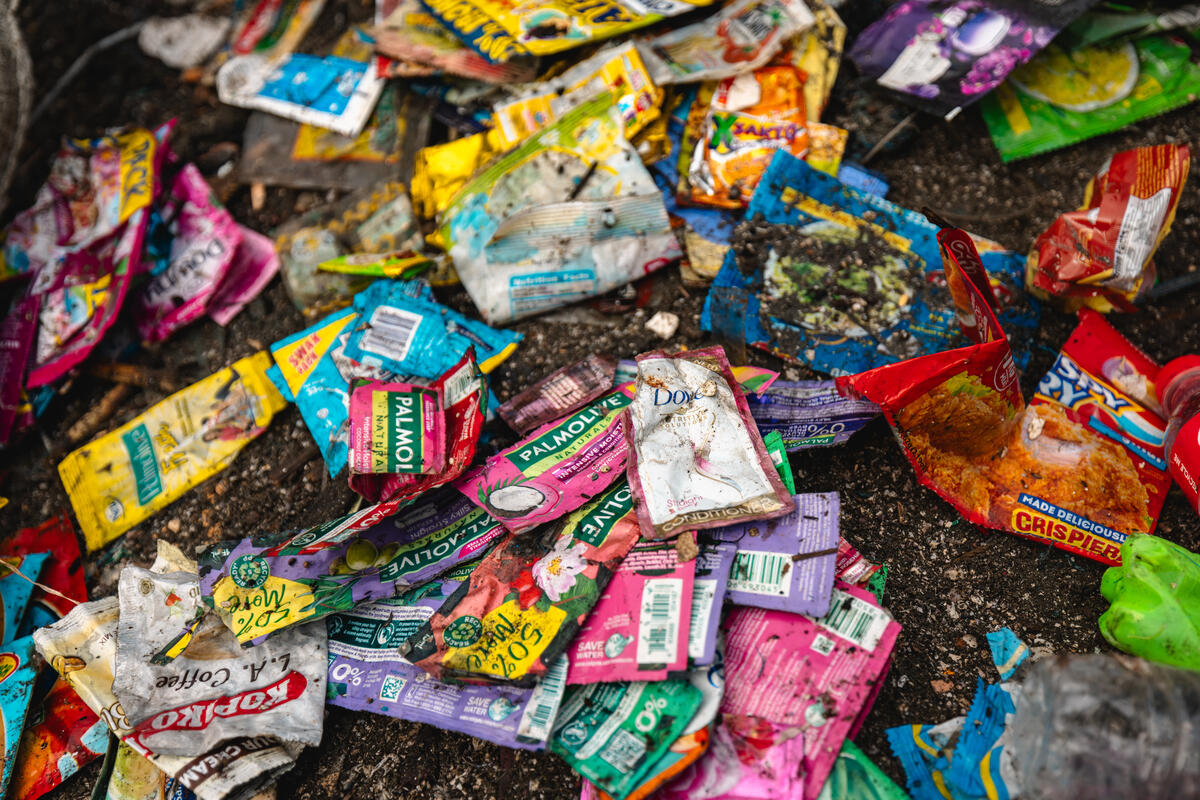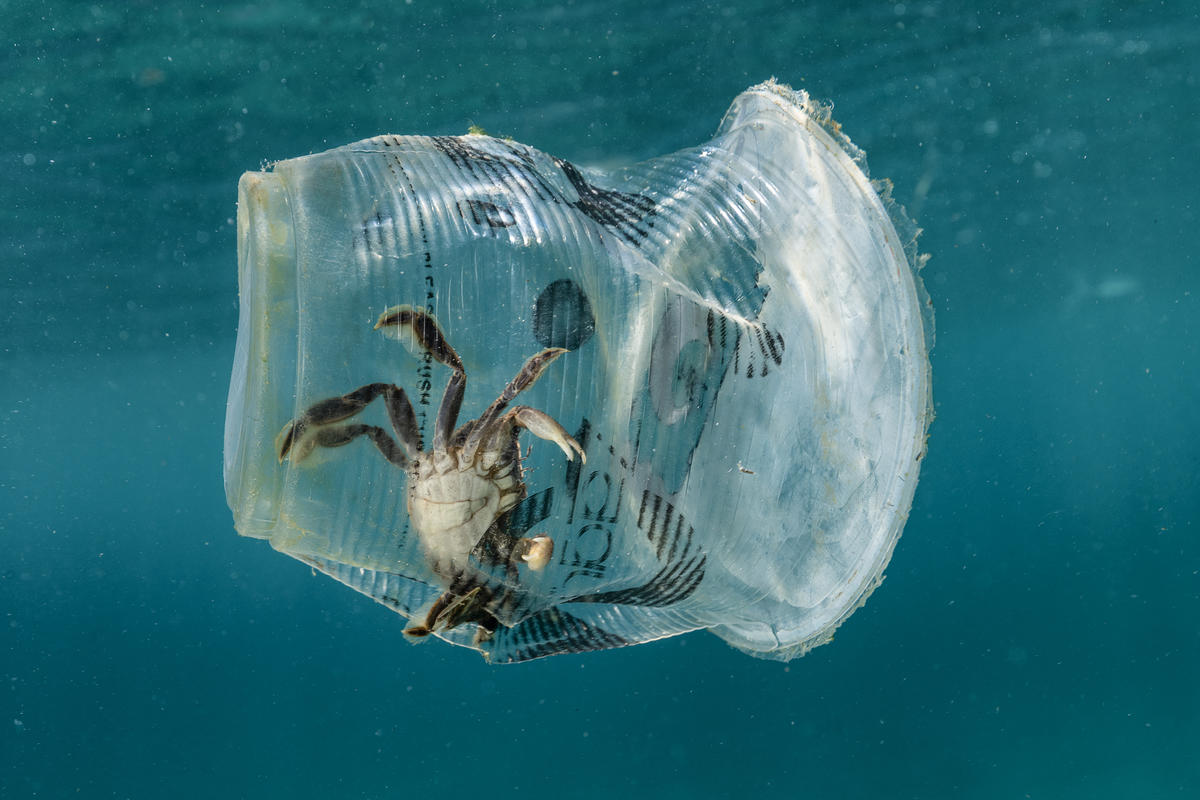A plastic-free Philippines is possible
Can you imagine a plastic-free Philippines?
In my wildest dreams, I envision a country where reusable packaging and containers are again part of everyday transactions. Refilling stations for water and consumer goods are a common sight in barangays, and goods that come packaging-free are just as accessible, safe, and affordable as when they came wrapped in plastic or some other disposable packaging. There are no plastic wastes to be seen, no pollution in our waterways, and the facilities that used to churn out endless amounts of petrochemicals and plastics—along with toxic emissions and pollutants—are defunct.

Wild, right? Well, not really. The truth is that the idea of a Philippines free from the harms of plastic and the impacts of plastic pollution is not some impossible pipe dream.
A society that functions and thrives without single-use plastic—just one of the many by-products of systems and business models that perpetuate overproduction and overconsumption—is possible. Because despite what corporations and plastic producers would like us to think, we do have the solutions at hand to have a just transition away from single-use plastic.
Our country is home to various solutions just waiting to be replicated, scaled, or supported by national policy and investment from businesses. We have a wide range of policies from over 500 local governments and government agencies banning or regulating the consumption of single-use plastics. We have institutions going plastic-free and enforcing policies in their spaces. Communities and small businesses across the country are implementing reuse and refill, systems and practices that have been around and were part of our culture long before plastic packaging.

Back then, our markets let us refill food and other goods into reusable containers. Purchases were hauled around in bayongs and cloth bags. Drinks came in reusable glass bottles returned to manufacturers, while eateries and other food establishments used and washed reusable plates and cutleries. What was the norm then is called sustainable now, and it makes you realize that not all old ways and traditions are outdated. They can sometimes be the answer.
So along with cutting back on single-use plastic, we should be redesigning our systems across different sectors around principles and models of reduction, reuse, and refill. We don’t have to limit ourselves to rethinking just packaging or products, but the distribution systems that allow us to receive our food, drinks, and whatever consumer goods you can think of. We can start fresh or innovate around traditional reuse models to make them work for our current context and needs.
Despite what corporations and plastic producers would like us to think, we have the solutions to transition away from single-use plastic.
But to fully unlock these solutions so the country can maximize its benefits and enable a just transition to a reuse economy, we need strong and impactful policies. Some will be new, such as a national ban on single-use plastics. Others can be revisions of existing policies. Take the Extended Producer Responsibility Act for example, a policy chockfull of missed opportunities—from lacking targets for reduction, reuse, and refill, to not requiring polluters to pay fees for their plastic packaging. Another is the Ecological Solid Waste Management Act, which has an underutilized provision that could enable the swift banning of non-environmentally acceptable products such as single-use plastics.

Reduction, reuse, and refill are the way to go, simply because they get to the root of the plastic pollution crisis while preventing further environmental and social problems. To explain, here’s a reality check on the plastic crisis: The negative impacts of plastic span its entire lifecycle, from the moment fossil fuels are extracted and plastics are produced to stages where plastics are used and disposed of. It’s a long list that includes greenhouse gas emissions, release of toxic pollutants, hazardous chemical exposure, health threats, exacerbation of social inequalities, and the degradation of our ecosystems.
The industries benefiting from plastic know all these. But instead of stopping, they would rather deceive the public by spreading disinformation and countering progressive laws, behind their heavily marketed sustainability commitments. They would rather externalize the costs of a business they profit billions from, so the government and taxpayers would clean up their mess. They choose not to remove the harms and burdens that affect everybody and disproportionately impact the most vulnerable and already marginalized.

Corporations would rather sell us lies and myths. False solutions like waste-to-energy and plastic recycling have been touted for decades, most often by industries and their lobbyists in the halls of Congress, yet the world remains drowning in plastic. Why? The overproduction of plastic is at the root of this crisis. False solutions fail to prevent the full spectrum of negative impacts of the plastic lifecycle, which starts with the extraction of fossil fuels.
However, we as a people and our government leaders can create change so corporations become accountable and we can put an end to plastic pollution. It starts with redesigning our systems and passing policy measures that advance reduction, refill, and reuse. That said, we must make the shift fair for all through a just transition. Leaving people behind only compounds the environmental injustices present in society. If we are to achieve any justice as we address the plastic crisis, it is essential that people affected along the supply chain are included in developing a transition plan.

Remaking our country into one that is free from the harms of plastic will not be easy or as fast as we like, but make no mistake—it is within our reach. Let’s keep reminding big businesses and our leaders of what is possible, and that we deserve nothing less than a green, safe, and just future.


